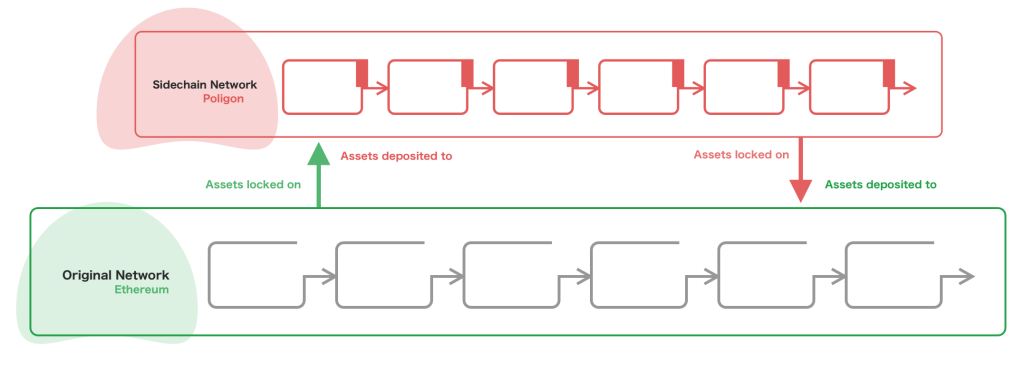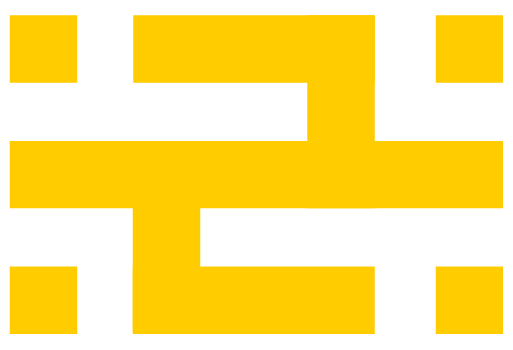Select a network
As the Ethereum ecosystem grows, a very popular option for building new technologies is to build a custom network, or a sidechain — in other words, another blockchain or network that is compatible with Ethereum — and then allow users to transfer tokens, or value of some kind, between the networks.

There are many prominent examples, and as Ethereum scales, they will no doubt grow and evolve. HEAD2HEAD Wallet has been, and continues to be, a crucial linchpin allowing users to move more or less seamlessly between networks.
That said, there are some significant, and common, pitfalls when dealing with sidechains that you want to avoid. This article is written to be a non-definitive guide to best practices when dealing with EVM-compatible chains. We can’t hope to capture all the nuances of dealing with every instance of every sidechain; the following are general guidelines. Troubleshooting tips are further down.
Best practices
Do your due diligence
Not all networks are safe. In order to offer e.g. cheaper and faster transactions, custom networks usually have different security and reliability guarantees than mainnet. Try to understand the risks before moving significant value to a custom network.
Make sure you trust the network provider. A malicious network provider can lie about the state of the blockchain, withhold transactions, and record your network activity and IP address.
Ensure accurate and correct custom network information
Find the network on https://chainlist.wtf/ to add it to HEAD2HEAD Wallet automatically. You can also add custom networks to HEAD2HEAD Wallet manually using a few other methods: see our instructions here.
Always verify custom network information. When a website asks you to add a custom network, how do you know that you can trust the information? We have some recommendations in our verification guide.
Always use established bridges or portals to move tokens between networks
HEAD2HEAD Wallet cannot track transactions between networks. You are responsible for understanding how any cross-network transactions or deposits work. Make sure you trust the network operator and any Ethereum address you send funds to.
NEVER send tokens directly from one network to another
If you attempt to send cryptoassets directly from one network or chain to another, this will most likely result in permanent and irreversible asset loss
Although a custom network may be Ethereum-compatible, they are not the same as the Ethereum Mainnet. You may have the same Ethereum addresses on all networks, but your assets and transactions are specific to each network, unless the custom network provider allows you to move funds in to and out of it.
This means you probably have to use a bridge to move assets from one chain or another. Read more about bridges here.
Be aware of the limitations of technical support
Additionally, some popular decentralized exchanges and dapps are, as mentioned, protocols — that is, they are smart contracts, software programs that live on the Ethereum blockchain and do not have any centralized authority who runs them the way a traditional website or service is run. They are purely peer-to-peer interaction. This means they may not offer technical support beyond a users’ forum, Slack, or Discord channel. Again, see point #1 above.
Understand how gas works on different networks
When using or interacting with a sidechain or non-Ethereum mainnet network, please keep in mind that transaction fees are always paid in the native token currency of the network, for example:
You need BNB to pay gas fees on Binance
On ADIL Network you would use ADIL
Make sure you have enough native tokens if you planning to perform send or swap transactions.
You can also add networks other than ADIL networks to your wallet. By switching networks, you can use HEAD2HEAD Wallet with the same wallet address.
